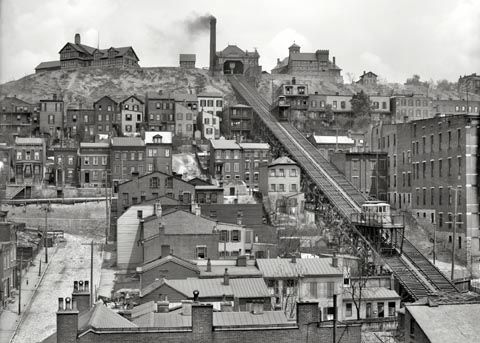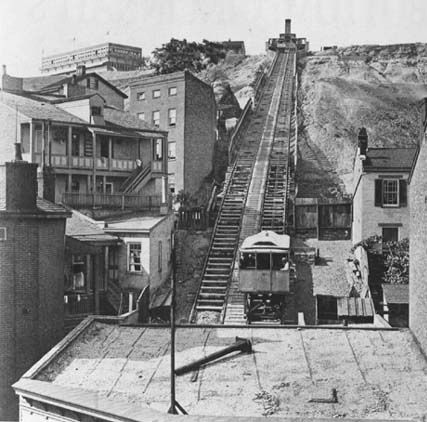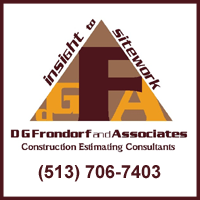David Savage, who retired in 2007 as the longest-serving mayor in Wyoming history, will discuss the ingenious 19th century transportation system built to carry people and freight away from the smoke and noise of the City to the cleaner air in the early suburbs atop the hills. He'll also talk about the beer gardens and entertainment venues that popped up as a result.
The City's five inclines included the:
- Mount Auburn Incline (1871-1898), rising 312 feet from the head of Main Street to Eleanor Place, the location of the popular Lookout House. It closed down after being purchased by the Cincinnati Street Railway, which made Vine Street its preferred route into the City.
- Price Hill Incline (1874-1943), a double-plane rising 350 feet up Eighth Street to the Price Hill House. It's the only incline that never accommodated streetcars.
- Bellevue Incline (1876-1926), rising 395 feet from the head of Elm Street to Ohio Avenue. At the top was the ornate Bellevue House.
- Mount Adams Incline (1876-1948), rising 268 feet from (approximately) the modern-day Sixth Street ramps to Celestial Street. The longest-lived of all of the inclines, this one accommodated wagons, streetcars, and eventually automobiles – many on their way to Eden Park or the Cincinnati Zoo. At the top of the incline, the Highland House hosted political meetings and conventions, and had an outdoor beer garden that could host 8,000 patrons. The Highland House was razed in 1895, the victim of Sunday closing laws.
- Fairview Incline (1892-1923),, rising 207 feet from McMicken Avenue to Fairview Avenue. It was the only incline constructed exclusively for streetcars.
Images courtesy of the Cincinnati Historical Society.











